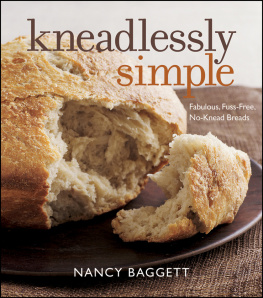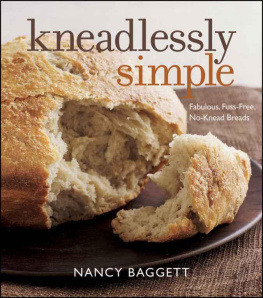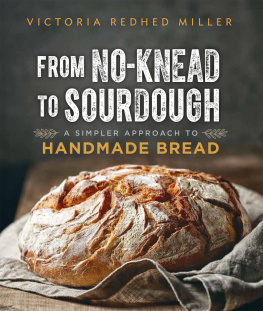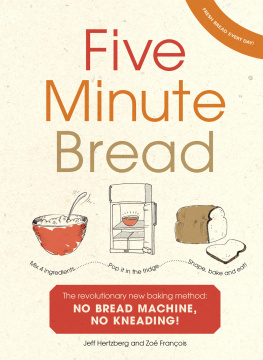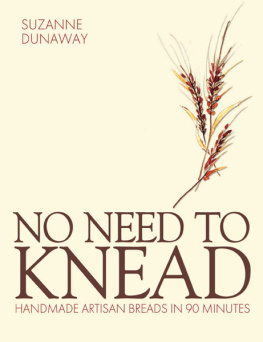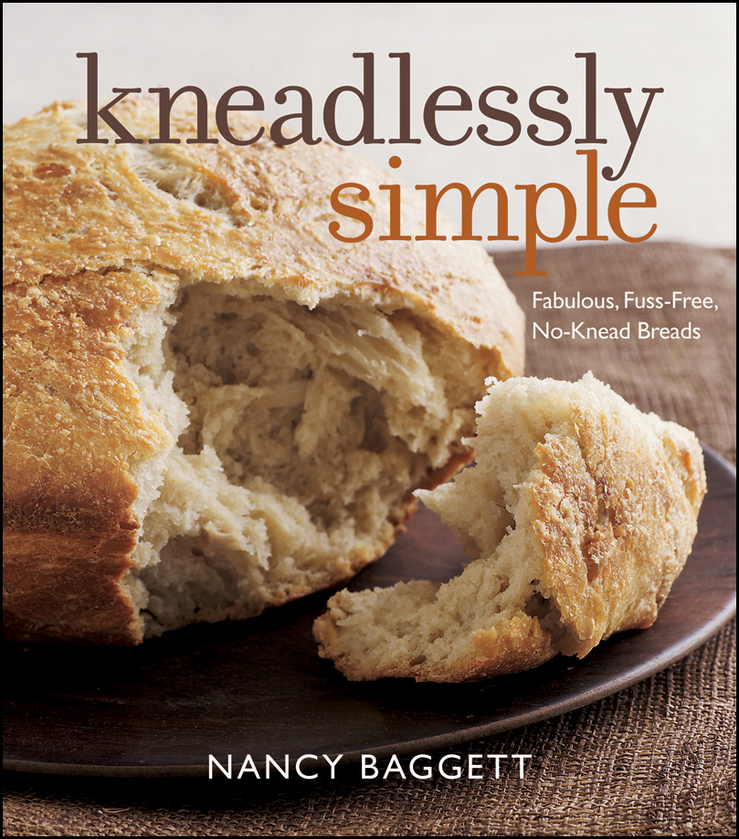
Food, family and friendship
Maybe youre gathering loved ones around a welcoming holiday table. Or sitting down for a quiet meal with your partner, after years of a full house and hectic schedules. Or maybe youre trying out a new recipe or cuisine, just for fun or for health reasons.
Welcome to mealtime for grown-ups. Where do you turn for help?
Dedicated to helping you live your best life, AARP puts the best recipes and kitchen wisdom at your fingertips, whether youre a foodie whos been cooking for decades or someone averse to spending too much time in the kitchen. Whatever your preferences and talents, AARP offers a recipe to match. Weve brought together books with the most delicious dishes, from ethnic cuisine to comprehensive, all-purpose cookbooks.
And true to AARPs commitment to healthy living, a range of titles offers recipes that are good for you. We also provide nutritional information, guidance on cooking techniques, and other solutions to help you better manage your health.
So no matter how many places youre setting or the occasion youre marking, you deserve to enjoy the process of cooking and the great-tasting results.
Celebrate your time in the kitchen!
Kneadlessly Simple
Fabulous, Fuss-Free, No-Knead Breads
Nancy Baggett
JOHN WILEY & SONS, INC.
This book is printed on acid-free paper.
Copyright 2009 by Nancy Baggett. All rights reserved.
Photography copyright 2009 by Alexandra Grablewski. All rights reserved.
Published by John Wiley & Sons, Inc., Hoboken, New Jersey
Published simultaneously in Canada
No part of this publication may be reproduced, stored in a retrieval system, or transmitted in any form or by any means, electronic, mechanical, photocopying, recording, scanning, or otherwise, except as permitted under Section 107 or 108 of the 1976 United States Copyright Act, without either the prior written permission of the Publisher, or authorization through payment of the appropriate per-copy fee to the Copyright Clearance Center, Inc., 222 Rosewood Drive, Danvers, MA 01923, (978) 7508400, fax (978) 6468600, or on the web at www.copyright.com. Requests to the Publisher for permission should be addressed to the Permissions Department, John Wiley & Sons, Inc., 111 River Street, Hoboken, NJ 07030, (201) 7486011, fax (201) 7486008, or online at http://www.wiley.com/go/permissions.
Limit of Liability/Disclaimer of Warranty: While the publisher and author have used their best efforts in preparing this book, they make no representations or warranties with respect to the accuracy or completeness of the contents of this book and specifically disclaim any implied warranties of merchantability or fitness for a particular purpose. No warranty may be created or extended by sales representatives or written sales materials. The advice and strategies contained herein may not be suitable for your situation. You should consult with a professional where appropriate. Neither the publisher nor author shall be liable for any loss of profit or any other commercial damages, including but not limited to special, incidental, consequential, or other damages.
For general information on our other products and services or for technical support, please contact our Customer Care Department within the United States at (800) 7622974, outside the United States at (317) 5723993 or fax (317) 5724002.
Wiley also publishes its books in a variety of electronic formats. Some content that appears in print may not be available in electronic books. For more information about Wiley products, visit our web site at www.wiley.com.
Library of Congress Cataloging-in-Publication Data
Baggett, Nancy, 1943
Kneadlessly simple: fabulous, fuss-free, no-knead breads / Nancy Baggett.
p. cm.
Includes index.
ISBN 9780470399866 (cloth: alk. paper) 1. Bread. I. Title.
TX769.B1745 2009
641.815dc22
2008036192
Printed in the United States of America
10 9 8 7 6 5 4
Book design and typography by Ralph Fowler / rlfdesign
Chapter 1: The Kneadlessly Simple Method: Nine Easy Steps to Great Bread
The Kneadlessly Simple method involves nine remarkably easy steps, all based on certain principles of yeast bread chemistry. First, I'll run through the steps. Then I'll briefly explain the chemistry, so you'll understand why some seemingly unimportant directions matter, and how (and why) the method really works.
1. Stir together the basic dry ingredients like the flour, yeast, and salt in a bowl large enough for the mixture to triple in size. (If the recipe calls for a little sugar, it goes in, too. But if there's more than 2 tablespoons per cup of flour, the excess sugar is added later.)
2. Stir a heaping cup of ice cubes into the water called for in the recipe; this reduces its temperature to around 50F. Don't worryyou don't need to check the temperature, and the ice water won't kill the yeast (I promise!). If the recipe calls for honey, molasses, or a flavorless vegetable oil like corn or canola oil, you mix them into the ice water now. (If it calls for olive oil or butter, these are added separately, as they solidify in ice water.)
3. Stir or mix the ice water mixture into the dry ingredients just until thoroughly blended. Do this with a spoon, or, if desired, with a heavy-duty mixer. Just remember that while the procedure does develop some gluten, it is not designed to substitute for kneadingits primary function is simply to thoroughly mix the ingredients together. Once the dough is mixed, olive oil or butter is sometimes incorporated.
4. For the absolute best flavor (or for convenience), refrigerate the dough (covered, in its mixing bowl) for at least 3 and up to 10 hours. The cooling period can be a little shorter or longer if necessary, and this step is optional, but it does have significant chemical benefits and is often a very convenient way to hold the dough overnight or to easily shorten or lengthen the total rise time to better fit your time awake and at home.
5. Set the dough (covered, in its mixing bowl) out on the counter or in any cool spot and let it slowly rise for 12 to 18 hours, or in some cases 18 to 24 hours. This step requires no attention whatsoever, but it cannot be skipped. So long as the room is cool, the rising period can extend up to 24 hours, if that's convenient, but don't shorten it much, as this is when the bubbling action of fermentation actually fully kneads the dough. (This step is the reason you can skip all the kneading.) If you don't have a cool (ideally 67 to 70F) spot, lower the dough temperature by refrigerating it for 3 to 4 hours before beginning the countertop rise, then let it stand out for a maximum of 18 hours. In an extremely warm room, cut the rise time to 15 hours at most.
6. Mix in (using a spoon or sturdy stand mixer) any remaining ingredients. These include perishables such as dairy products; certain yeast-inhibiting spices and herbs; dried fruits, extra sugar, and other dehydrating items; and, finally, enough more flour to obtain the consistency specified in the recipe. Most (but not all) Kneadlessly Simple recipes call for the dough to be stiffened until it's hard to stir before the second rise begins, and it's important to follow this instruction.
7. Briefly stir the dough as directed, and, unless hand-shaping is required, invert it into the baking container for the second rise. Many Kneadlessly Simple breadsincluding some rustically handsome boules and fancy dessert breadsare shaped entirely or mostly by their baking container. Breads such as French baguettes, Italian ciabattas, cinnamon pinwheel loaves, and finger rolls obviously need some hand-shaping, but this step is often completed on baking parchment to minimize sticking and handling problems as well as kitchen counter cleanup. In many recipes the last stirring actually involves folding the edges of the dough into the center of its bowl using a rubber spatula; this is another small, but important, step.

